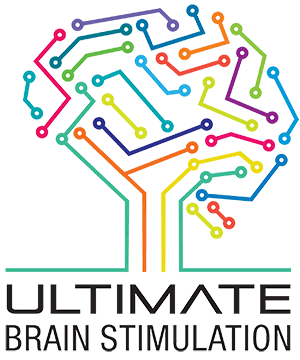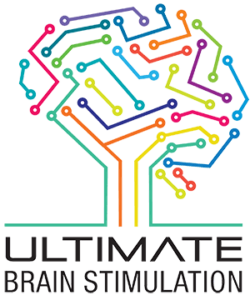Anxiety
- Home
- Anxiety
Anxiety is a normal reaction to stress and can be beneficial in some situations. It can alert us to dangers and help us prepare and pay attention. However, when anxiety becomes excessive or persistent, it may indicate an anxiety disorder, which can interfere with daily activities. Understanding anxiety, its causes, symptoms, and management strategies is essential for maintaining mental health.
Types of Anxiety Disorders
Generalized Anxiety Disorder (GAD):
Persistent and excessive worry about various aspects of life such as work, health, or social interactions.
Panic Disorder:
Recurrent unexpected panic attacks, which are sudden periods of intense fear palpitations, breathing distress and discomfort.
Social Anxiety Disorder:
Intense and irrational fear of social situations to be in public, where one may be judged, negatively evaluated, or embarrassed. This includes stage fear or performance before an audience. One withdraws from social situations.
Specific Phobias:
Severe anxiety about a specific object or situation (e.g., heights, animals, flying, closed space).
Obsessive-Compulsive Disorder (OCD):
Persistent, unwanted thoughts (obsessions) and repetitive behaviors (compulsions).
Post-Traumatic Stress Disorder (PTSD):
Anxiety and flashbacks triggered by a traumatic event which was witnessed or experienced.
Causes of Anxiety
Brain Chemistry:
Imbalance of neurotransmitters in the brain. Anxiety is autonomic imbalance.
Environmental Factors:
Trauma, stress due to illness, work or financial issues.
Personality:
Certain personality traits, such as being more prone to stress or perfectionism.
Symptoms of Anxiety
Physical Symptoms:
- Increased heart rate
- Rapid breathing (hyperventilation)
- Sweating
- Trembling or shaking
- Fatigue
- Trouble sleeping
Emotional Symptoms:
- Feelings of dread, apprehension, or panic
- Constant worry or restlessness
- Difficulty concentrating
- Irritability
Behavioral Symptoms:
- Avoidance of situations that cause anxiety
- Compulsive behaviors (in the case of OCD)
- Difficulty in social situations
Anxiety Management Techniques
Neuromodulation
- Neurofeedback and brain wave entrainment
- rTMS (Magnetic stimulation)
Cognitive Behavioral Therapy (CBT):
A type of psychotherapy that helps identify and change negative thought patterns and behaviors.
Medications:
Antidepressants, benzodiazepines, or beta-blockers may be prescribed to manage symptoms.
Mindfulness and Meditation:
Techniques such as mindfulness meditation can help focus on the present moment and reduce anxiety.
Exercise:
Regular physical activity can help reduce anxiety by releasing endorphins and improving sleep.
Healthy Lifestyle Choices:
Maintain a balanced diet, avoid caffeine and alcohol, and ensure adequate sleep.
Relaxation Techniques:
- Deep breathing, progressive muscle relaxation, or yoga can help calm the mind and body.
- RSA Breathing ( deep, relaxed, gentle, comfortable, slow, abdominal breathing)
Social Support:
Talking to friends, family, or joining a support group can provide relief and understanding.
Time Management and Problem-Solving:
Organizing tasks and developing coping strategies for managing stressors.


